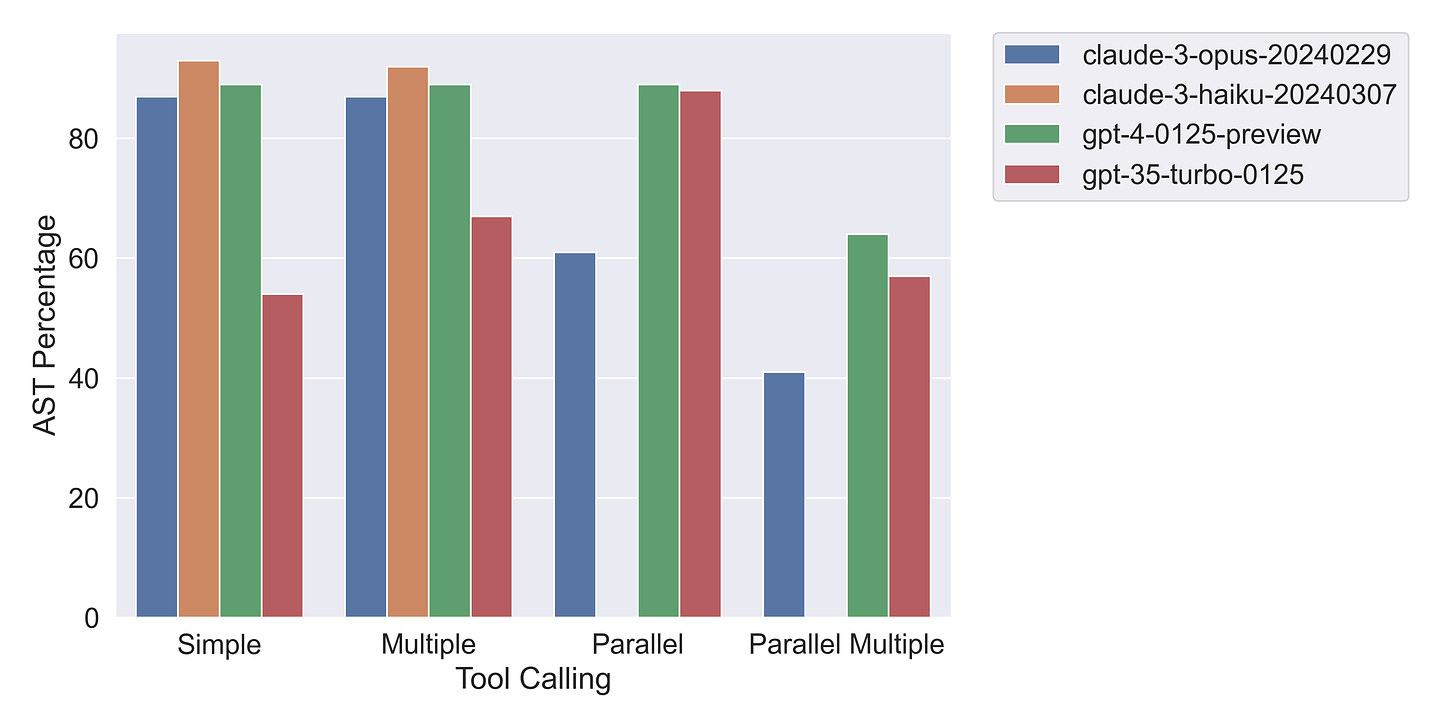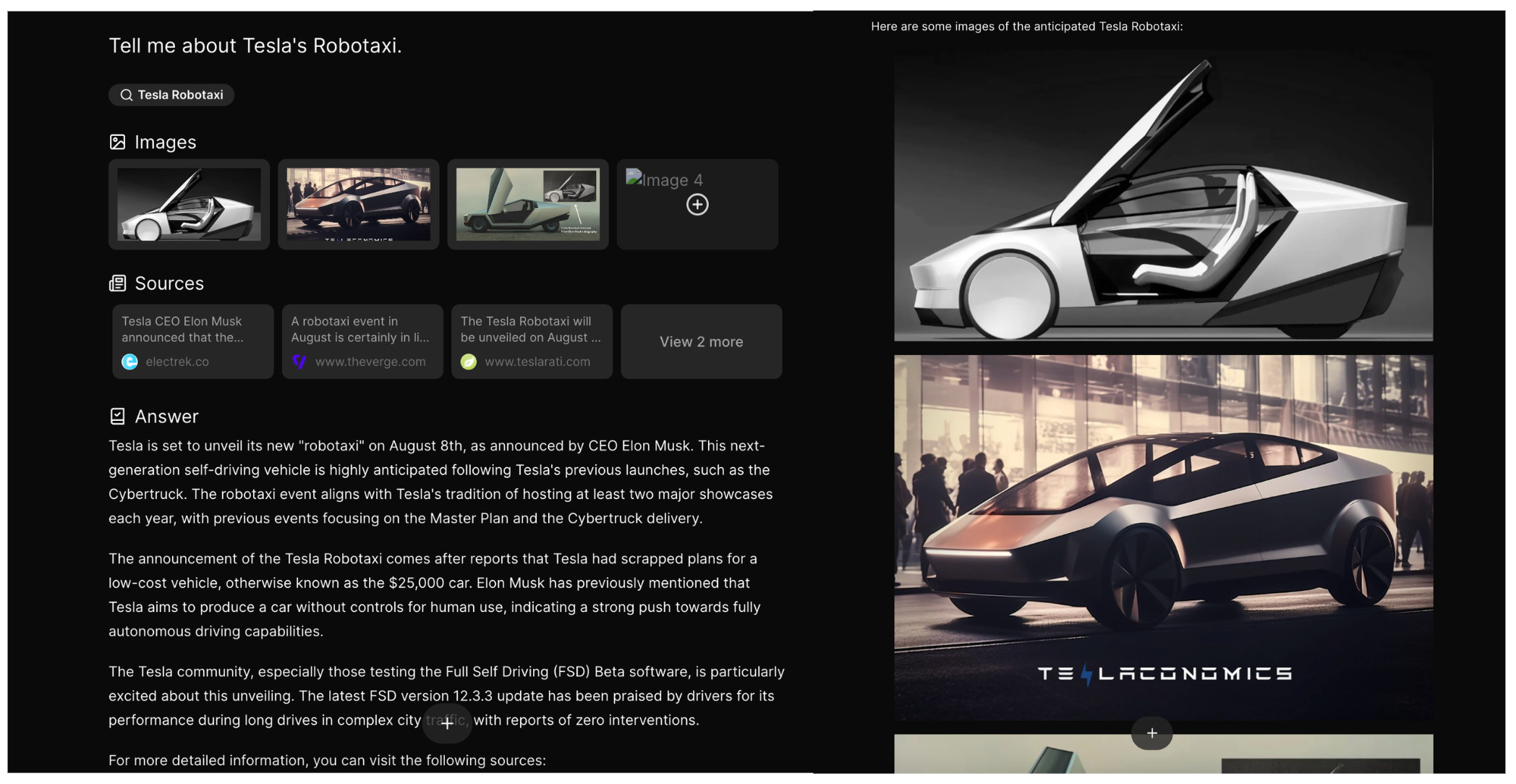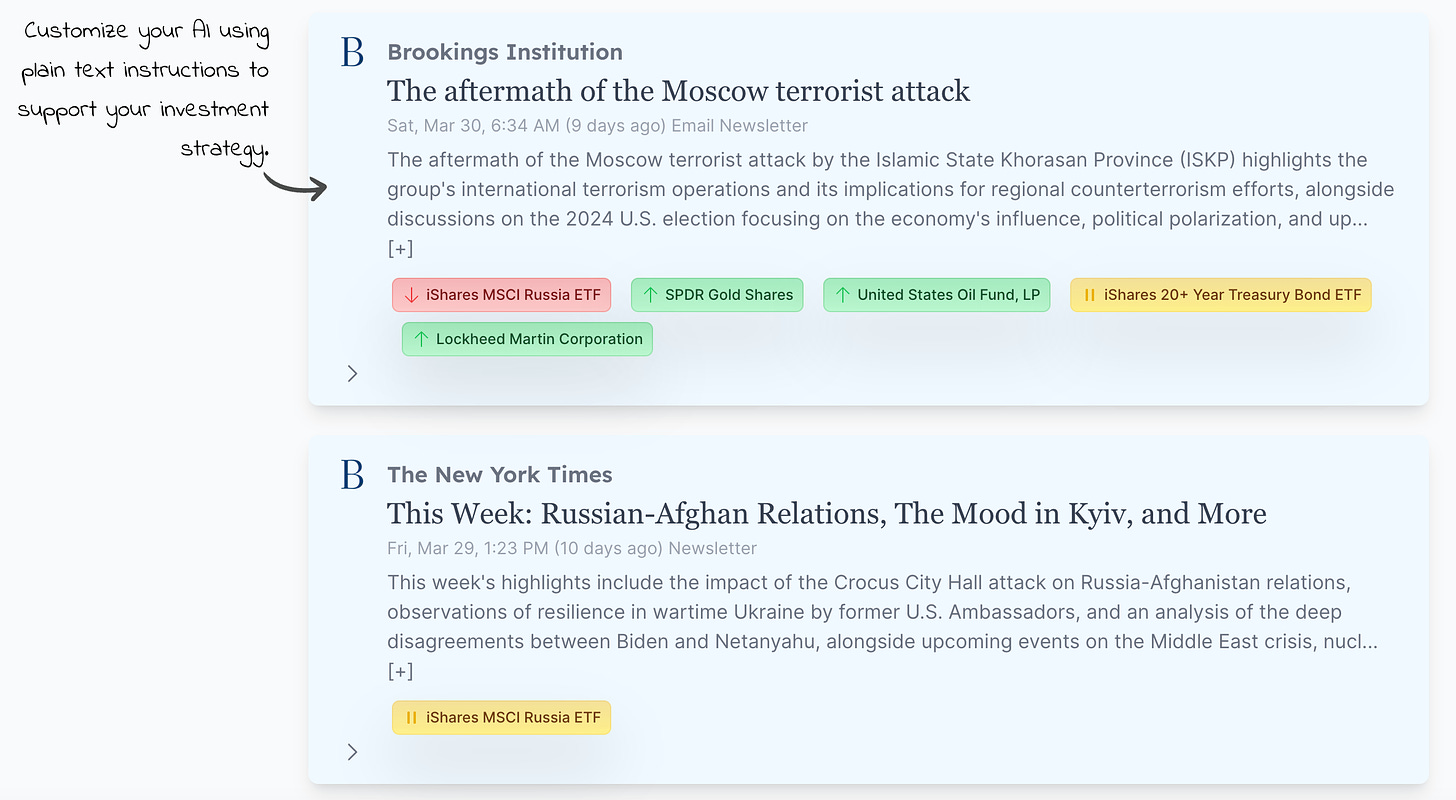
Today’s top AI Highlights:
-
Spotify releases AI-generated playlist feature in beta
-
Google rolls out Gemini in Android Studio as AI copilot
-
Claude 3 Haiku beats GPT-4 Turbo in single Function Calling
-
Tesla announces Robotaxi without pedals or steering wheel, releasing this August
-
Combining Claude-3, GPT-4, and Perplexity for better LLM response
& so much more!
Read time: 3 mins
Spotify has launched a new feature in beta that lets you create personalized playlists using AI, based on very simple text prompts. It will initially be available only in the U.K. and Australia. Spotify had confirmed developing this feature in December 2023 when a TikTok user demonstrated it. The feature adds a new layer of customization to Spotify’s already popular music streaming service.
Key Highlights:
-
What It Is: You can generate playlists based on a wide variety of prompts, including genres, moods, activities, characters, colors, or even emojis. Like “beats to battle a zombie apocalypse,” or “get pumped with upbeat and positive songs.”
-
Give Feedback: You can even refine these playlists by giving commands like “less upbeat” or “more pop,” or by swiping left to remove unwanted songs, to match your mood better.
-
Where To Find: You can access this feature in the “Your Library” tab in the app and tap on the + button. A pop-up menu will offer the AI Playlist option alongside existing “Playlist” and “Blend” options.
-
Prompt Suggestions: To get started, Spotify also offers prompt suggestions like “get focused at work with instrumental electronica” or “fill in the silence with background café music.”
-
What Goes Behind: Spotify’s AI playlist uses LLMs to interpret user prompts, coupled with Spotify’s tech to understand your tastes, historical data, and preferences.
Google is rolling out Gemini into Android Studio (Jellyfish) which acts as your AI copilot for coding, troubleshooting, and providing additional resources directly within the Android Studio environment. Gemini is not just another AI chatbot; it’s a context-aware assistant that will in the IDE, answering queries related to Android development, generating code snippets, providing relevant documentation pages with more information, and troubleshooting errors.
Key Highlights:
-
Google’s Disclaimer: It might occasionally provide inaccurate or incomplete information. Developers are advised to double-check and test its suggestions.
-
More Context: Gemini might send additional information from the codebase such as surrounding pieces of your code, file types, and other necessary information to provide context to the LLM and provide more relevant suggestions.
-
Feedback: Developers can provide feedback directly within Gemini’s interface to help improve its accuracy and usefulness.
-
Privacy: By default, Gemini can’t see the code in the editor window and only uses the prompts and conversation history in the chatbot to respond.
-
Citations: This feature is designed to generate original content and not replicate existing content at length. If Gemini directly quotes at length from a source, it cites that source.
LLMs are becoming a staple in more than just conversational AI, extending their capabilities to execute functions and tools within various applications and software. This function calling or tool use ability has seen significant application in areas ranging from simple task automation to complex enterprise workflows. Recognizing the importance of this, Berkeley has introduced the Function-Calling Leaderboard (BFCL)the first comprehensive evaluation of the LLM’s ability to call functions and tools.
Key Highlights:
-
What is Function-Calling: Lets LLMs go beyond language tasks and perform actions within an application. This involves the AI understanding your request, identifying the correct block of code designed to carry out that particular task, and then executing that function.
-
BFCL Dataset: BFCL evaluates LLMs on 2,000 question-function-answer pairs across languages like Python, Java, and JavaScript, covering a variety of use cases.
-
It encompasses 40 sub-domains, including Mathematics, Sports, Finance, etc., to gauge model performance across both common and niche areas.
-
It includes tests for parallel and multiple function calls. It also examines models’ discretion in not selecting any function when none is appropriate, along with measuring their cost and latency for function execution.
-
Results: Utilizing the BFCL dataset, It looked AIa developer platform to build LLM apps, conducted an insightful analysis comparing Anthropic’s Claude 3 models and OpenAI’s GPT series, focusing on executing accurate function calls, especially involving multiple or parallel functions.
-
Parea concluded that Claude-3 Haiku is the best model for tool use when only a single function call should be generated. However, when you need parallel tool use (i.e., multiple function call generations in a single API call), GPT-4 Turbo is still the best model.
Tesla is gearing up to introduce its new “Robotaxi” on August 8th, with Elon Musk positioning it as the next big thing after the Cybertruck. Designed without pedals or a steering wheel, this vehicle is built from scratch for autonomous driving, offering a glimpse into the future of transportation.
Tesla has even indicated that every consumer vehicle they’ve made since 2016 could potentially become a Robotaxi with just a software update. It’s even said that the design of the Tesla Robotaxi will take after the rugged, futuristic style of the Cybertruck. (Source)
😍 Enjoying so far, share it with your friends!
-
Morphic: An AI-powered answer engine with a generative UI. It can assist with a wide range of tasks including web searches, content creation, data analysis, educational support, and more, through conversational interaction.
-
AI-Oracle: An open-source project that enhances response quality by combining the capabilities of Claude 3 Opus, GPT-4, and Perplexity (PPLX), leveraging their respective strengths in reasoning, personality, and up-to-date information. It operates by querying each model separately and then using Claude 3 Opus to integrate these inputs into a superior, consolidated response.
-
Tradepost: Uses AI to analyze financial news and SEC filings, providing investors with AI-driven insights to support their trading decisions. It offers features like real-time alerts on SEC filings, AI-powered summaries in multiple languages, and the ability to customize AI models for personalized insights and trading strategies.
-
Voicenotes: An AI-powered note-taking platform where you can record ideas, family moments, meetings, and more, with the capability to ask an AI to review past notes or generate new ideas. It offers features like one-click summary creation, to-do lists, blog posts, intelligent suggestions, and support for 50+ languages.
-
Everyone who thinks non-techies are going to self-host LLMs is sorely out of touch with reality ~
Matt Shumer -
Someone sent me a cold email proposing a novel project. Then I noticed it used the word “delve.” ~
Paul Graham
That’s all for today! See you tomorrow with more such AI-filled content.
⚡️ Follow me on Twitter @Saboo_Shubham for lightning-fast AI updates and never miss what’s trending!
PS: I curate this AI newsletter every day for FREE, your support is what keeps me going. If you find value in what you read, share it with your friends by clicking the share button below!







































































































































































































































































































































































































































































